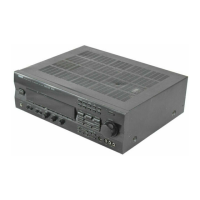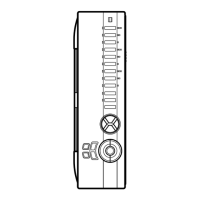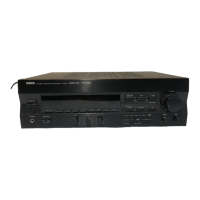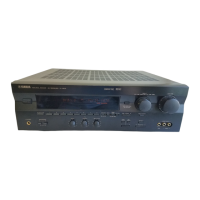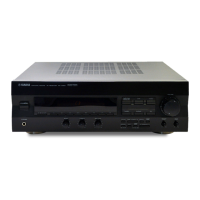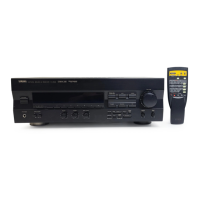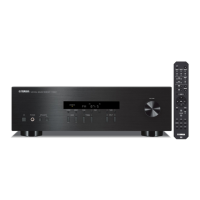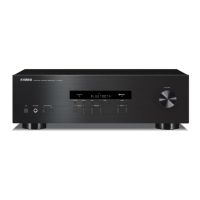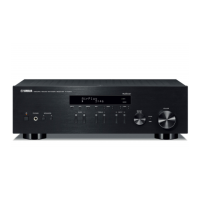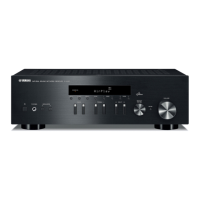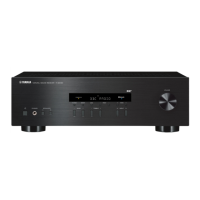What does “INPUT DATA ERR” mean on Yamaha R-V1105 Receiver?
- JjacksonleviSep 9, 2025
If you get 'INPUT DATA ERR' on the display of your Yamaha Receiver and hear no sound, check the source being played to ensure it is standardized. If it is, try turning off the unit playing back the source and then turning it on again.


